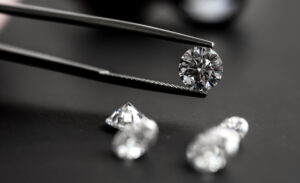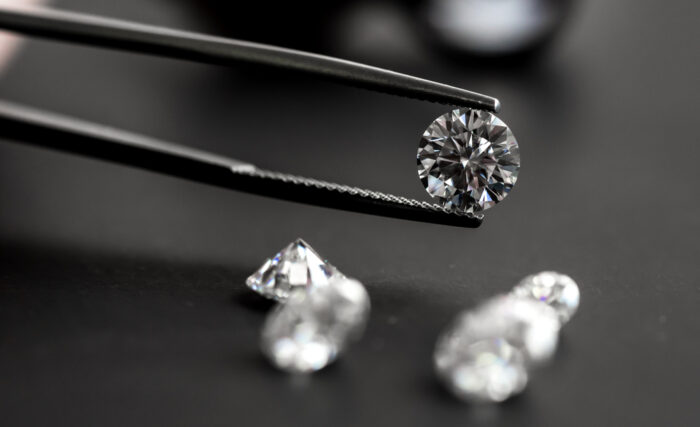
In this article, we will explore the chemicals commonly used to add color to artificial diamonds and how they contribute to the stunning array of hues available in the market. Color is one of the most important factors when it comes to evaluating diamonds. Natural diamonds come in a wide range of colors, from colorless to shades of yellow, brown, and even rare colors like blue, pink, and green. Similarly, artificial diamonds can also be created in various colors, making them a versatile choice for jewelry and other applications.
Chemicals Used For Color Enhancement
- Nitrogen: Nitrogen is one of the primary elements responsible for the yellow and brown coloration in diamonds. In the production of artificial diamonds, nitrogen is introduced into the growth process to replicate these natural color variations. By controlling the amount of nitrogen, lab-grown diamonds can be created with varying intensities of yellow and brown hues.
- Boron: Boron is an element that imparts a blue color to diamonds. When boron atoms are present during the diamond growth process, they absorb certain wavelengths of light, resulting in blue coloration. Artificial diamonds with a touch of boron can exhibit captivating shades of blue, ranging from pale sky blue to deep navy.
- Hydrogen: Hydrogen is another element used to add color to artificial diamonds. When hydrogen atoms are introduced, they interact with the crystal lattice of the diamond, causing it to absorb certain colors of light. This process creates diamonds with shades of purple and violet, adding a touch of allure to jewelry pieces.
- Irradiation: In addition to elemental additives, artificial diamonds can undergo irradiation treatments to alter their color. High-energy particles or radiation can be used to change the arrangement of atoms within the diamond lattice, resulting in a spectrum of colors. For example, yellowish diamonds can be transformed into fancy vivid yellows, and green or gray diamonds can be turned into vibrant blues.
Advantages Of Color-Enhanced Artificial Diamonds
The use of chemicals to add color to artificial diamonds offers several advantages. Firstly, it allows for a broader range of color options compared to natural diamonds. From vibrant yellows and blues to stunning purples, these colored lab-grown diamonds provide customers with an extensive selection to suit their preferences. Secondly, color-enhanced artificial diamonds are generally more affordable than their naturally colored counterparts. Natural diamonds with intense and rare colors can command astronomical prices due to their rarity. In contrast, the controlled production process of artificial diamonds enables the creation of vibrant colors at a fraction of the cost. Finally, the use of chemicals to add color to artificial diamonds reduces the environmental impact associated with mining natural diamonds.
